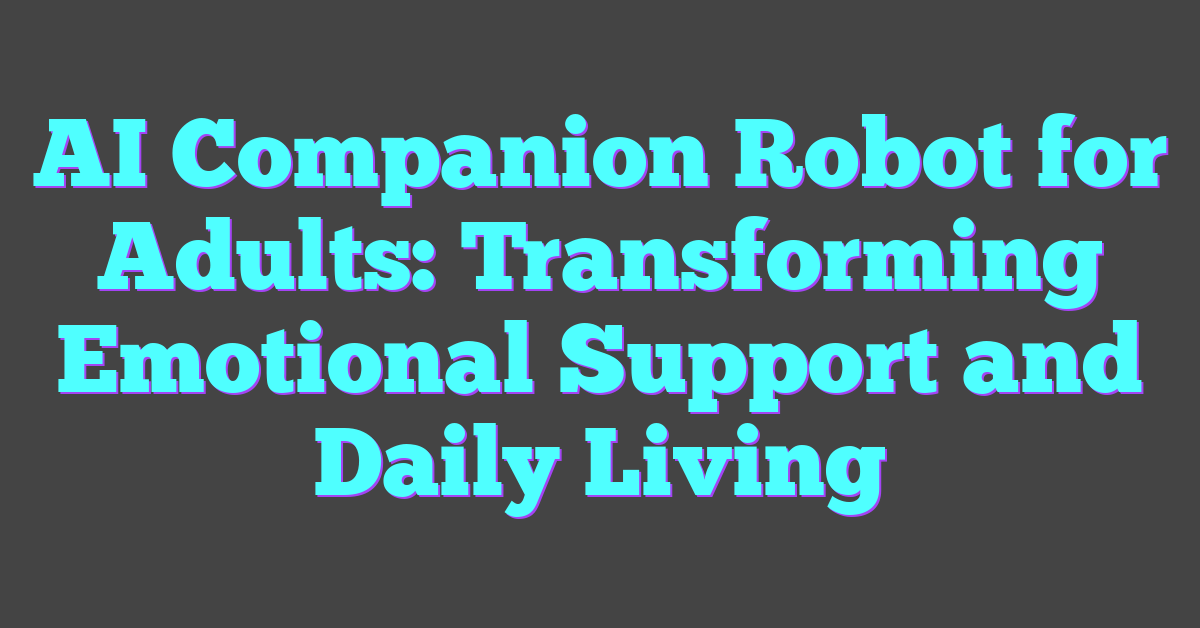Artificial Intelligence (AI) has become an integral part of our daily lives, from virtual assistants to advanced data analytics. It’s easy to assume that these sophisticated systems are infallible, given their impressive capabilities. But like any technology, AI isn’t perfect and can indeed make mistakes.
Understanding these errors is crucial for anyone relying on AI, whether in business, healthcare, or personal use. Mistakes can stem from various sources, including flawed algorithms, biased data, or simply unexpected scenarios. So, how do these mistakes happen, and what can we do to minimize them? Let’s dive into the fascinating world of AI and uncover the truth behind its imperfections.
Understanding AI and Errors
AI systems are complex and can make mistakes for various reasons. Understanding these errors is crucial for refining AI technologies and improving their reliability.

What Is AI?
Artificial Intelligence encompasses algorithms and systems designed to perform tasks that typically require human intelligence, like learning, reasoning, and perception. Machine learning, a subset of AI, enables these systems to learn from data and improve over time. Examples include language models, image recognition systems, and recommendation algorithms.
Common Misunderstandings About AI Functionality
Many believe AI is infallible, but this is a misconception. AI relies on data quality and algorithm design. Flaws in data or biases can lead to mistakes, such as misclassifications in image recognition or errors in predictive modeling. AI’s decision-making process can also be opaque, making it hard to identify and correct errors. Understanding these limitations helps manage AI expectations and improve trust in these technologies.
How AI Can Make Mistakes
AI, despite its advanced capabilities, isn’t immune to errors. Understanding how AI can err helps improve its reliability.
Flaws in Learning Algorithms
Learning algorithms underpin AI systems, guiding their decision-making. Poorly designed algorithms can lead to significant mistakes. If an algorithm’s logic includes incorrect assumptions, it might misclassify data. During training, flawed algorithms amplify these errors rather than correct them. Hasty corrections to these errors can compromise AI systems even further.
Data Bias and Quality Issues
AI accuracy heavily depends on data quality. Low-quality data, such as those with inconsistencies or errors, cause AI systems to adopt inaccurate patterns. Additionally, data bias results in skewed AI outputs. For instance, biased training data might stem from historical inequities, leading to discriminatory AI behavior. When diverse datasets aren’t used, the AI’s scope of understanding is inherently limited.
Consequences of AI Mistakes
Though AI can revolutionize various sectors, its errors can have serious implications. Here, we’ll examine the impact of AI mistakes in two critical areas: healthcare and automated driving systems.
Impact in Healthcare
Errors in AI-driven healthcare systems can jeopardize patient safety. Misdiagnoses can occur if the AI misinterprets medical data. An example is IBM’s Watson for Oncology, which produced incorrect treatment recommendations (source: Stat News). These errors can delay correct treatment or result in improper interventions.
Healthcare AI also risks data privacy. If an AI system incorrectly processes patient data, it can lead to unauthorized access or data breaches. Such breaches expose sensitive information, which can harm patients and violate privacy regulations.
Risks in Automated Driving Systems
AI mistakes in automated driving can lead to accidents. Faulty algorithms or sensor errors can misjudge road conditions. An example is the Uber self-driving car incident in 2018, where the system failed to detect a pedestrian, resulting in a fatal accident (source: National Transportation Safety Board).
These systems also face challenges with edge cases, unique scenarios not covered during training. For instance, unusual weather conditions or unpredictable human behaviors can confuse AI, resulting in erroneous decisions and increased crash risks.
This section aims to highlight the significant implications AI mistakes can have on critical sectors, emphasizing the importance of robust design and data quality in AI systems.
Minimizing Mistakes in AI Systems
Systems employing AI can benefit from strategic measures to minimize errors. Improving AI reliability is crucial, especially in sectors like healthcare and autonomous driving.
Advances in AI Safety Measures
Implementing robust safety measures enhances AI’s reliability. Redundancy mechanisms can help, ensuring multiple systems cross-verify results before final decisions. Google’s DeepMind utilizes ensemble methods in which multiple neural networks validate data, reducing error rates.
Monitoring mechanisms also contribute to AI safety. Real-time monitoring identifies anomalies and triggers corrective actions promptly. For instance, financial institutions use continuous surveillance to detect unusual transaction patterns.
Explainability is another vital aspect. Developing interpretable models helps users understand AI decisions, thus identifying potential errors. IBM’s AI Explainability 360 toolkit promotes transparency by providing insights into model behavior.
The Role of Continuous Training and Data Updates
Continuous training and data updates play a pivotal role in maintaining AI accuracy. Regularly updating models with new data ensures they adapt to changing environments. In healthcare, systems like PathAI, which assists in diagnosing diseases, benefit from frequent data refreshes to incorporate recent medical findings.
Incorporating feedback loops also optimizes performance. Collecting user feedback on AI decisions allows systems to learn from mistakes. For example, recommendation engines, such as those used by Netflix, refine suggestions based on user interactions.
Diverse datasets improve model robustness. Incorporating varied data scenarios prevents biases, ensuring better generalization. Autonomous vehicles leverage diverse driving conditions to prepare for unexpected situations, enhancing safety and reliability.
Clearly, strategic measures and continuous improvements in AI systems help minimize mistakes, enhancing reliability and performance across vital sectors.
Conclusion
AI systems, while powerful, aren’t infallible. They can make mistakes, sometimes with significant consequences. However, by understanding these errors and implementing robust safety measures, we can greatly improve their reliability. Continuous training, diverse datasets, and effective monitoring are key to minimizing risks. As AI continues to evolve, prioritizing these strategies will help ensure its safe and beneficial integration into critical areas like healthcare and autonomous driving.
Frequently Asked Questions
What are AI systems and why is understanding their errors important?
AI systems are computer programs designed to perform tasks that typically require human intelligence. Understanding their errors is crucial to enhance their reliability and avoid harmful consequences, particularly in critical sectors like healthcare and autonomous driving.
How does machine learning contribute to AI performance?
Machine learning enables AI systems to learn from data and improve over time. This continuous learning helps enhance the system’s accuracy, effectiveness, and adaptability to new situations.
What are the potential risks of AI errors in healthcare?
AI errors in healthcare can lead to serious issues such as misdiagnoses or incorrect treatment recommendations, posing significant risks to patient safety and wellness.
How do AI errors affect automated driving systems?
Faulty algorithms in automated driving systems can cause accidents and jeopardize road safety. These errors can arise from misinterpretations of sensor data or unforeseen driving conditions.
What strategies can minimize errors in AI systems?
Strategies to minimize AI errors include implementing safety measures, ensuring AI explainability, continuous training with updated data, and using diverse datasets. These practices help improve AI accuracy and reliability.
Why is explainability important for AI systems?
Explainability allows users to understand how AI makes decisions, which is crucial for identifying and correcting errors, fostering trust, and ensuring compliance with regulations.
How does continuous training help in reducing AI errors?
Continuous training involves regularly updating the AI with new data and scenarios, enabling it to learn and adapt. This process helps in minimizing errors and improving overall system performance.
What role do diverse datasets play in AI reliability?
Diverse datasets ensure that the AI system is exposed to a wide range of scenarios and variables. This exposure helps in reducing biases and improving the system’s robustness and reliability.
What are redundancy mechanisms in AI systems?
Redundancy mechanisms involve the use of multiple models or systems to cross-check and validate outputs. This approach increases reliability by providing backup options in case one model fails.
How do monitoring and feedback loops enhance AI performance?
Monitoring and feedback loops involve continuously observing AI outputs and incorporating user or expert feedback to make necessary adjustments. This iterative process helps in maintaining and improving AI performance over time.




